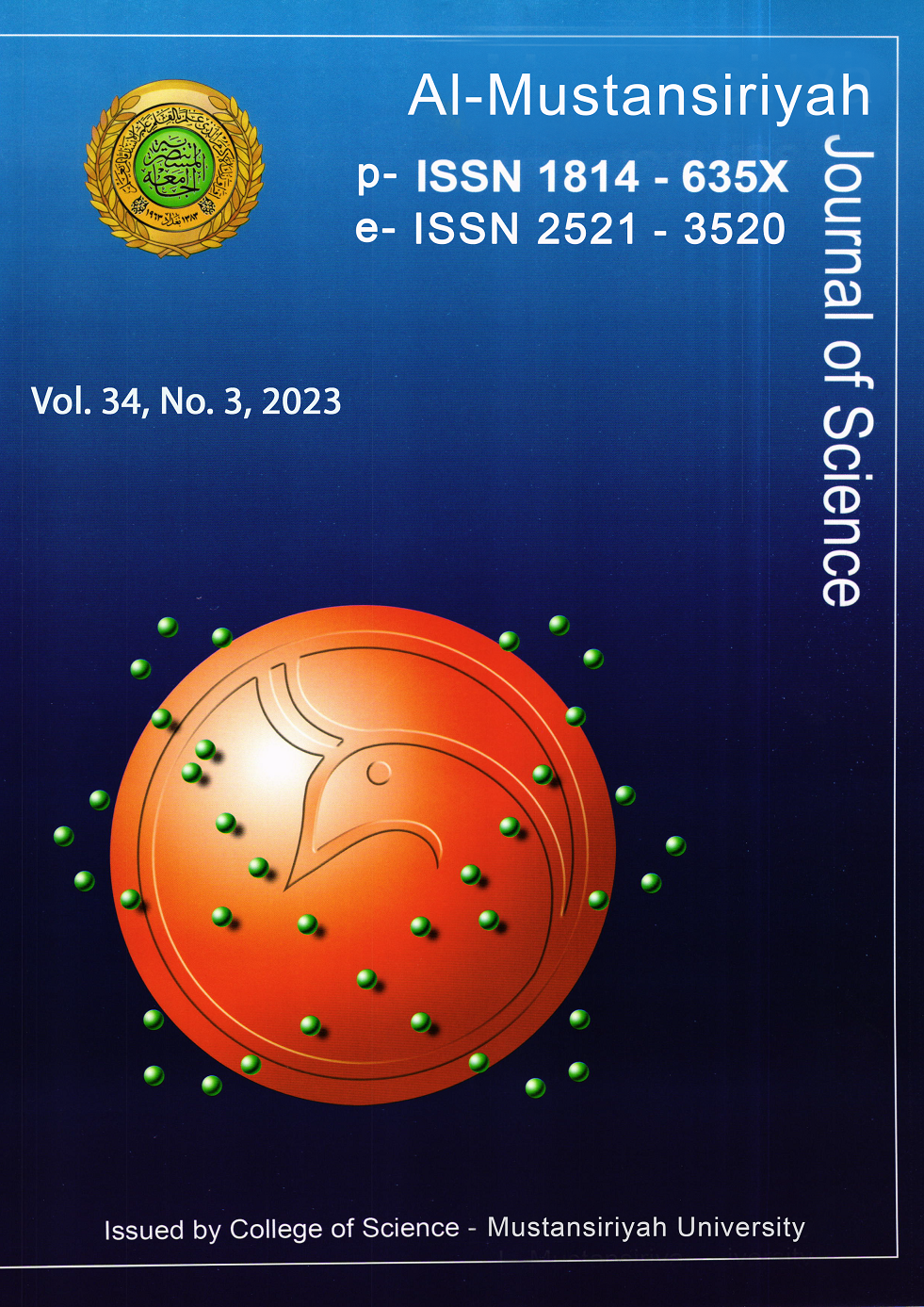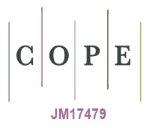Issuing Digital Signatures for Integrity and Authentication of Digital Documents
DOI:
https://doi.org/10.23851/mjs.v34i3.1278Keywords:
MD5, Verification, AuthinticationAbstract
In this paper, we developed a secure system for issuing digital signature for digital documents and certificates using message digest algorithm (MD5). The developed system is providing the integrity and authentication for certificates by combining the information of participant and supply them to MD5 algorithm to produce a unique hash key of 32 digits which is hard to guess or attack. The process provides a certificate which allows for the authentication of a document at any time. The proposed system used and tested to produce digital certificate for participant of electronic seminars in Mustansiriyah university which were about 1000 certificate. The results were good and very fair to authenticate certificates and preventing forgery.
Received: 16/01/2023
Revised: 24/04/2023
Accepted: 29/04/2023
Downloads
References
A. Rawat, D. Agrawal, An Enhanced Message Digest Hash Algorithm for Information Security, 2015.
R. Kundu, A. Dutta, Cryptographic Hash Functions and Attacks-A Detailed Study. International Journal of Advanced Research in Computer Science, 2020, vol. 11, No. 2.
W. Easttom, Cryptographic Hashes. In Modern Cryptography, Springer, Cham, 2021, pp. 205-224.
J. Ismael Abdul Sattar, S.Hameed Shaker, and Mohammed Najm Abdullah. "Database meet Link generator based on linear feedback shift register and message digest algorithm." Webology (2022): 2236-2243.
M. Al-Awawdeh, Strengthening the MD5 File Integrity Algorithm with User Fingerprint (Doctoral dissertation, Middle East University), 2019.
Sattar Jabbar, Ismael Abdul, Hassan Kassim Albahadilyr, and Alaa A. Jabbar Altaay. "Design and Implementation Digital Invitation System Based on Secure Hash Algorithm 3." International Journal of Online & Biomedical Engineering 19.5 (2023).
N. Kishore, P. Raina, Parallel cryptographic hashing: Developments in the last 25 years. Cryptologia, vol. 43, No. 6, 2019, pp. 504-535.
Sattar, Ismael Abdul, and Jamal Nasir Hasoon. "Hiding System Based on Double MD5 Hashes and LFSR Generators." (2013).
S. Long, A Comparative Analysis of the Application of Hashing Encryption Algorithms for MD5, SHA-1, and SHA-512. In Journal of Physics: Conference Series, vol. 1314, No. 1, 2019, p. 12210).
M. Gillela, V. Prenosil, and V. Ginjala, Parallelization of brute-force attack on MD5 hash algorithm on FPGA. In 2019 32nd International Conference on VLSI Design and 2019 18th International Conference on Embedded Systems (VLSID), 2019, pp. 88-93.
F. Sagar, Cryptographic Hashing Functions-MD5. no. September, 2016, pp.1-9.
P. Gupta, S Kumar, A comparative analysis of SHA and MD5 algorithm. architecture, 1, 2014, p. 5.
J. Ismael AbdulSattar, S. Hameed Shaker. "Adaptive Hiding Algorithm Based on Mapping Database." iJIM 17.01 (2023): 97.
Downloads
Key Dates
Published
Issue
Section
License
Copyright (c) 2023 Al-Mustansiriyah Journal of Science

This work is licensed under a Creative Commons Attribution-NonCommercial 4.0 International License.
(Starting May 5, 2024) Authors retain copyright and grant the journal right of first publication with the work simultaneously licensed under a Creative Commons Attribution (CC-BY) 4.0 License that allows others to share the work with an acknowledgement of the work’s authorship and initial publication in this journal.






















